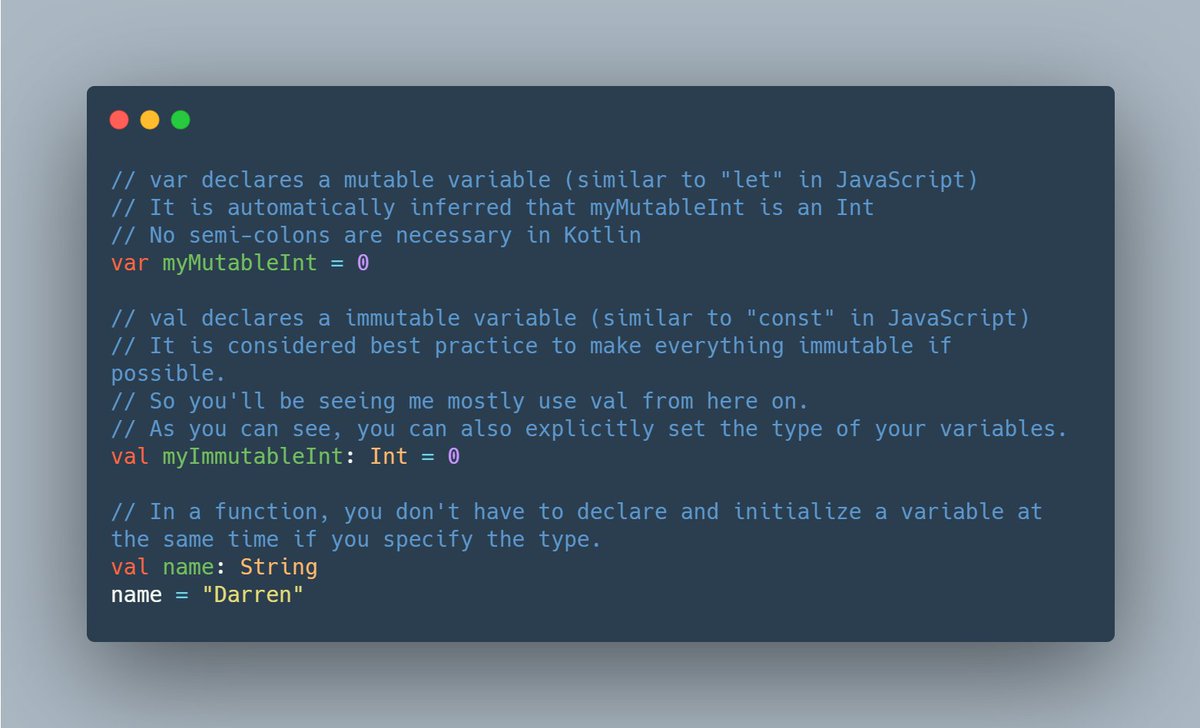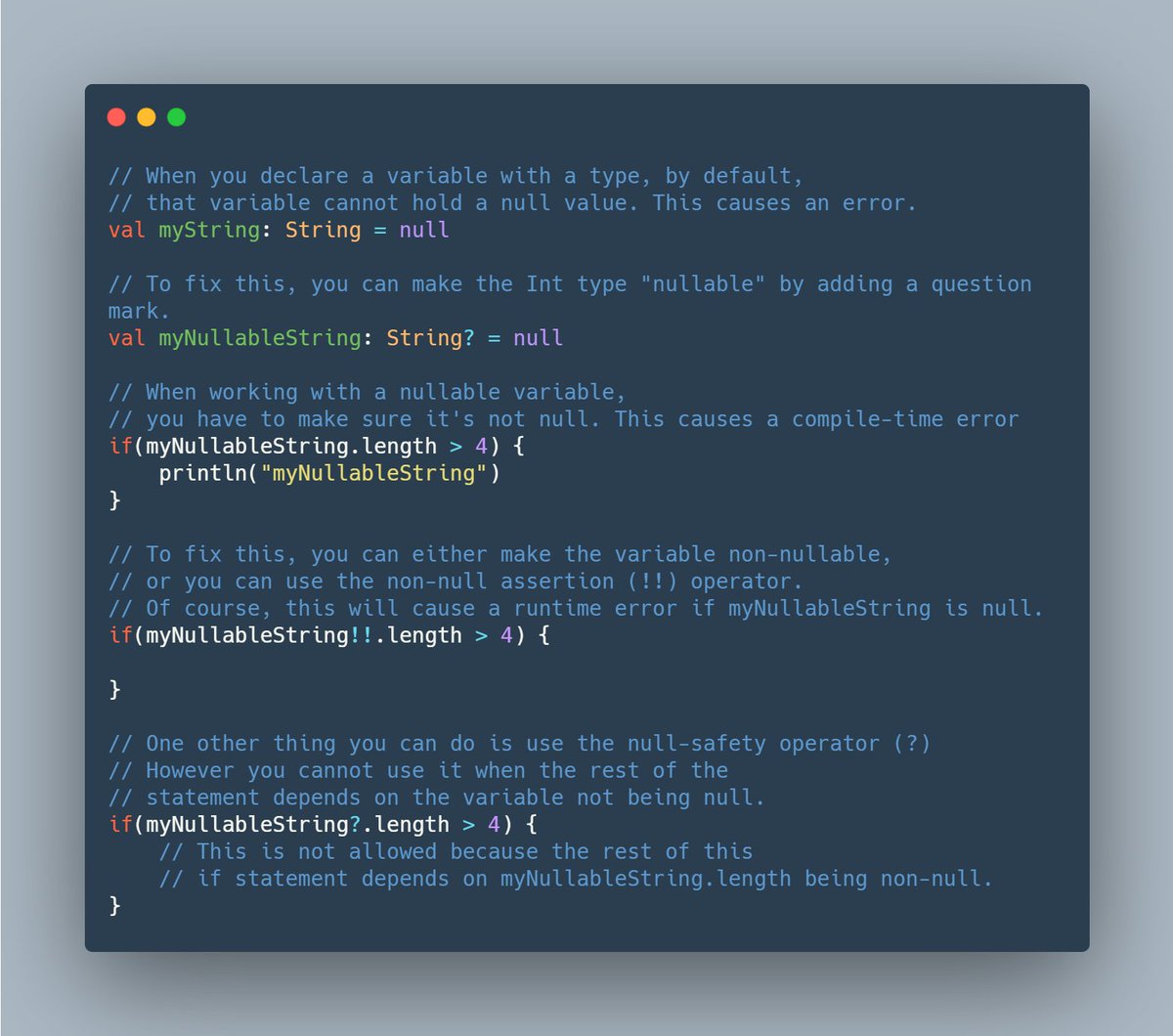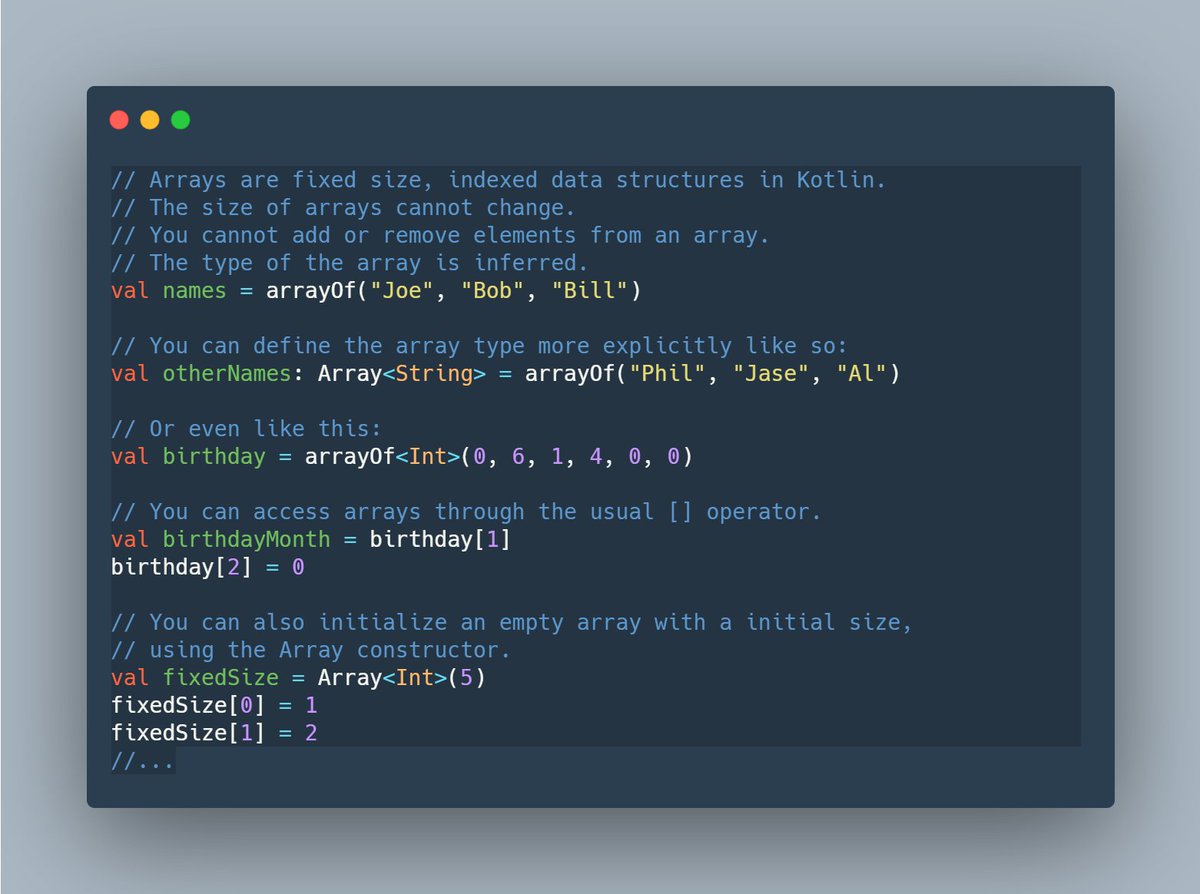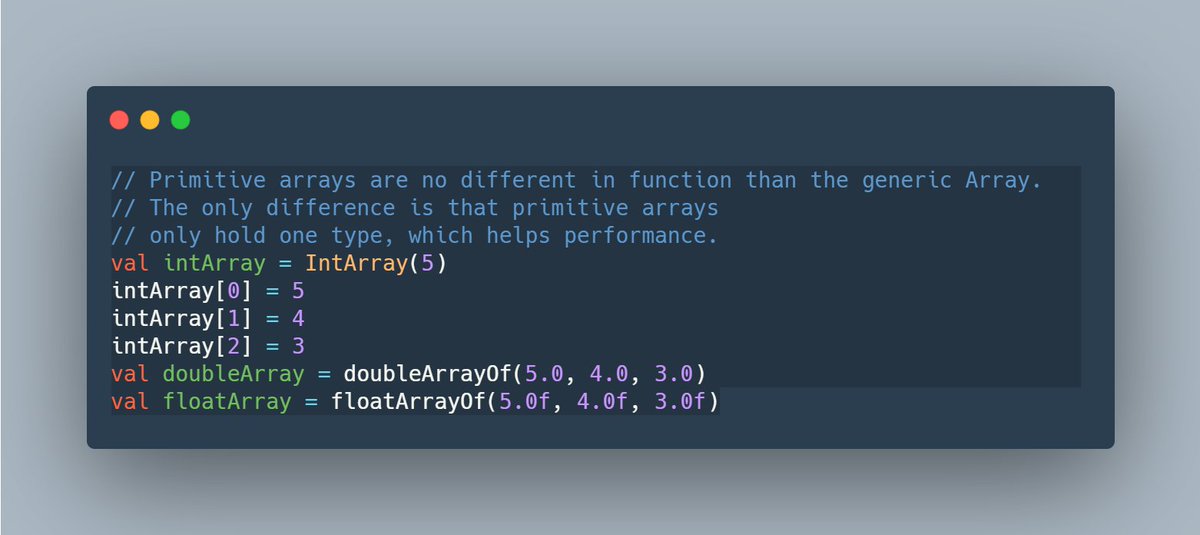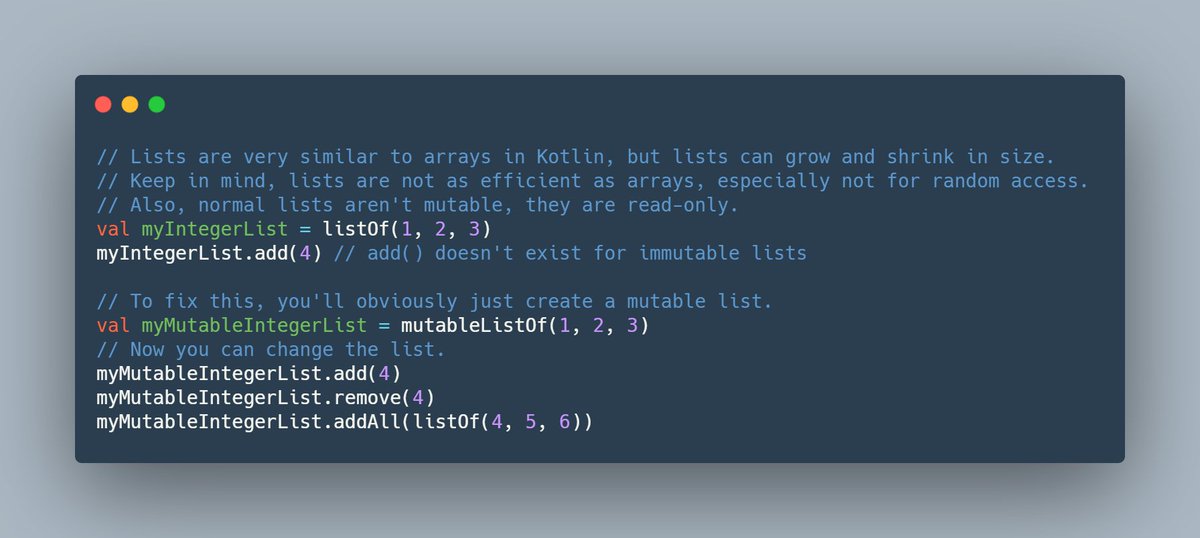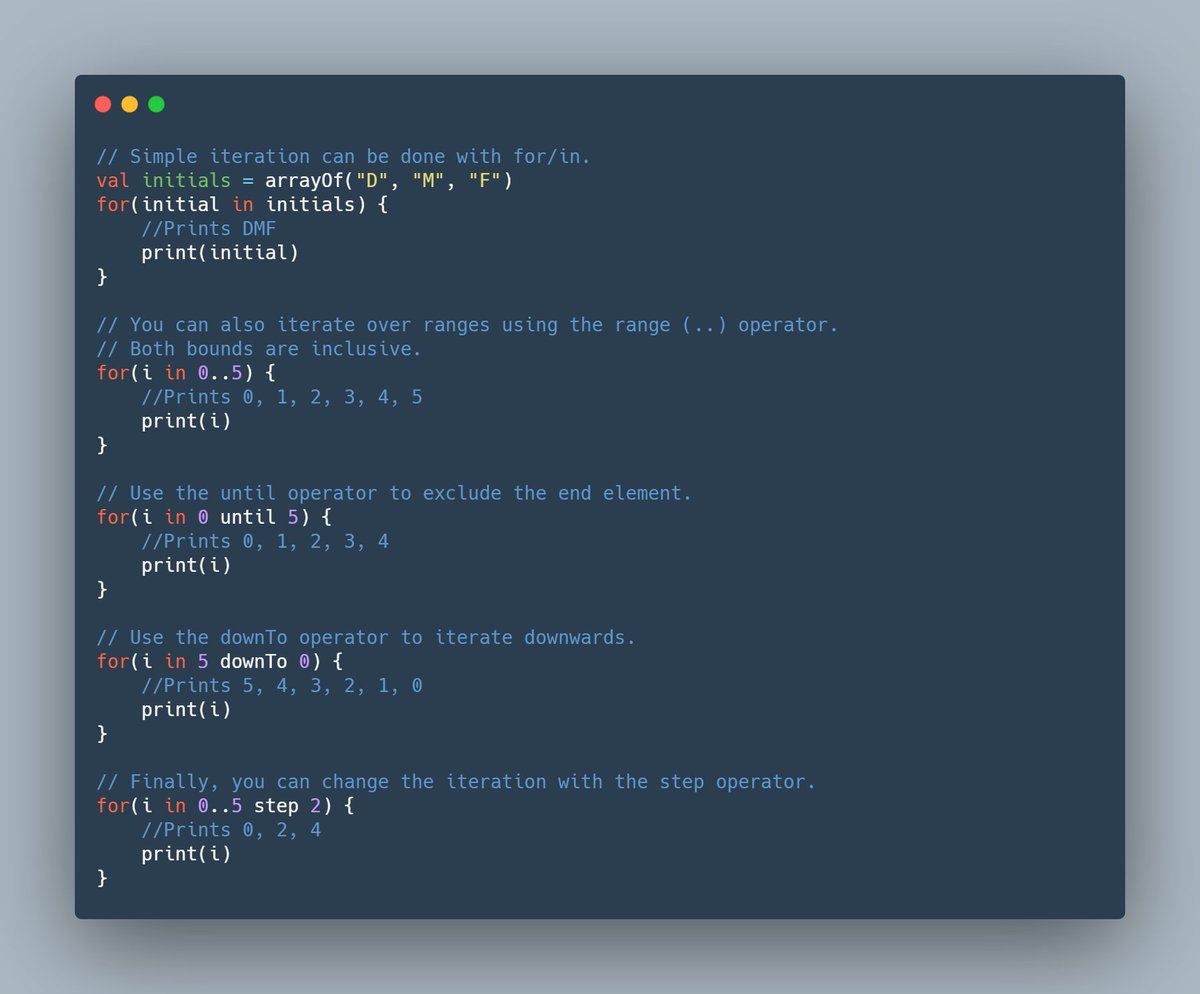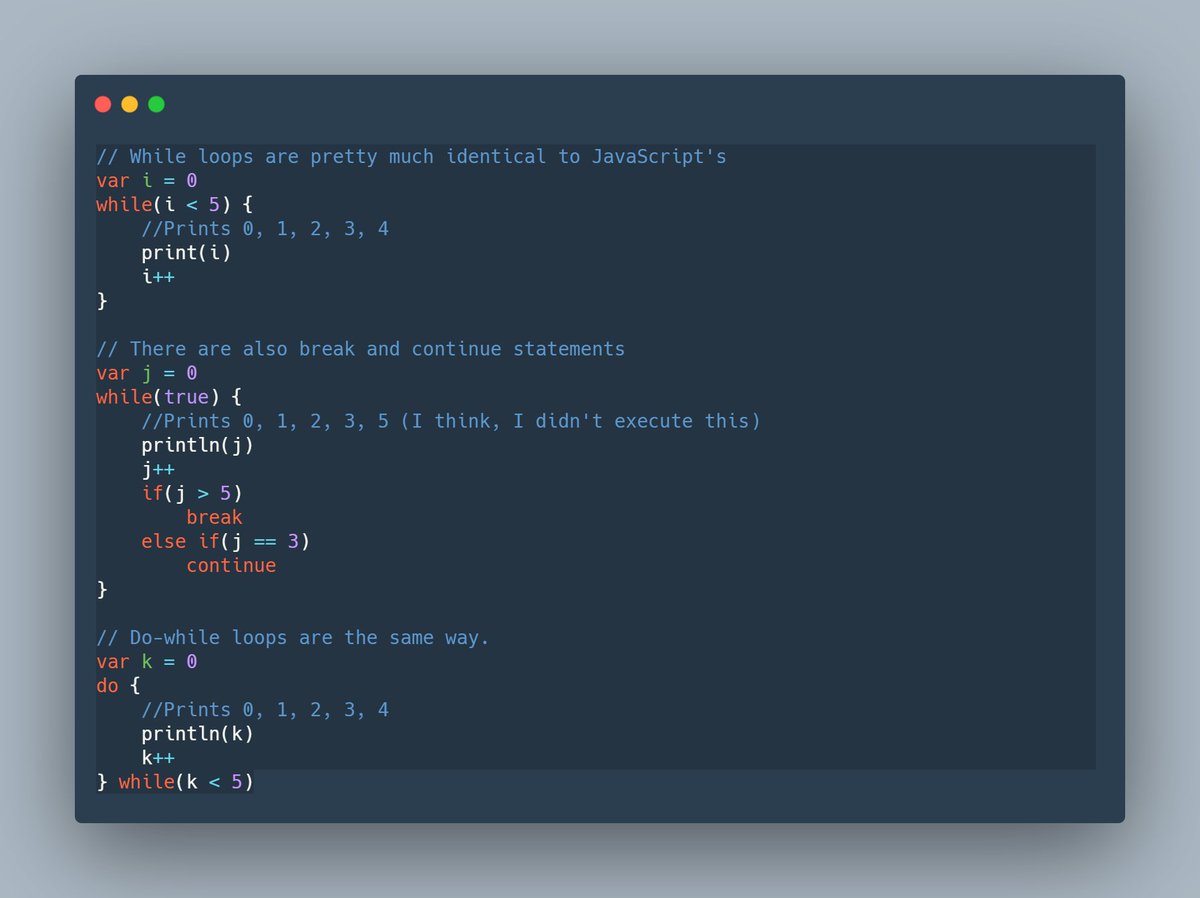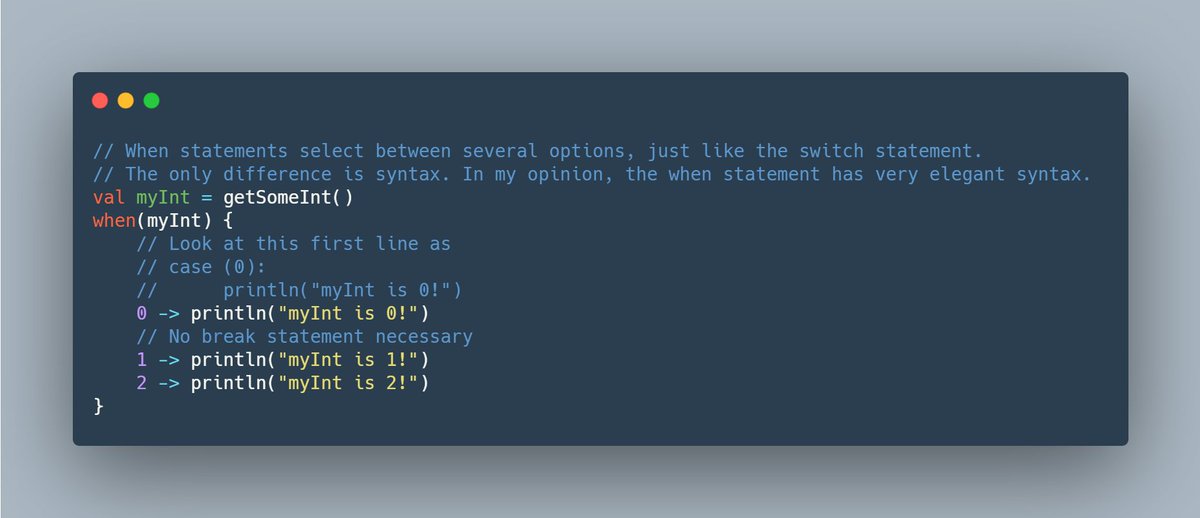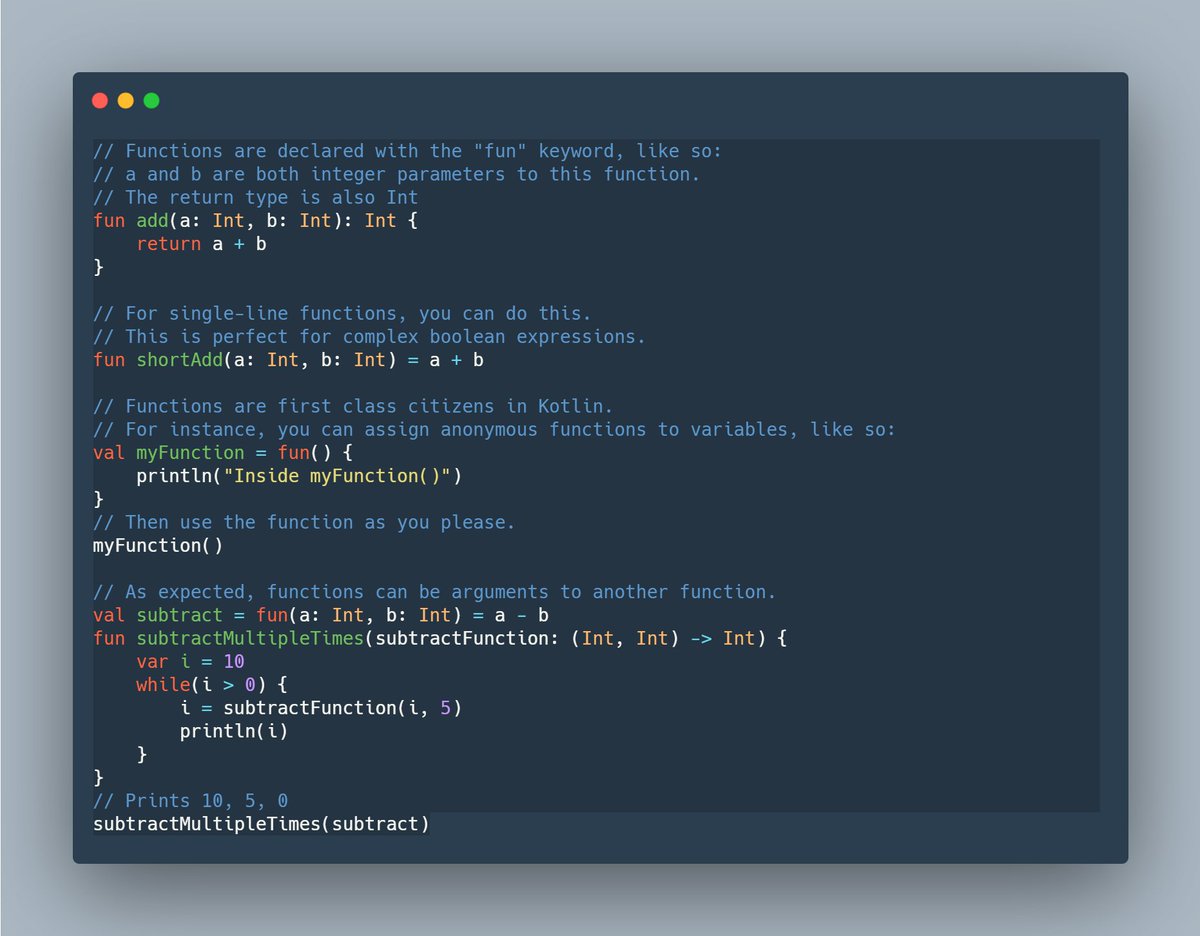Want to transition from web development to Android development?
Learning Android development will help you publish your first app. Thanks to Kotlin, it's fun too!
Here's a full Kotlin tutorial just for you awesome JavaScript developers!


Learning Android development will help you publish your first app. Thanks to Kotlin, it's fun too!
Here's a full Kotlin tutorial just for you awesome JavaScript developers!


Okay, first things first.
Kotlin is a statically-typed, general-purpose, cross-platform language that compiles to byte-code for the JVM.
It was designed to fully interop with Java.
1/15
Kotlin is a statically-typed, general-purpose, cross-platform language that compiles to byte-code for the JVM.
It was designed to fully interop with Java.
1/15
While being statically-typed, Kotlin does have type inference - something that Java doesn't have.
Overall, Kotlin is a very concise and expressive language, especially compared to Java.
Alright, now let's get on with the guide!
Here's an example of some comments:
2/15
Overall, Kotlin is a very concise and expressive language, especially compared to Java.
Alright, now let's get on with the guide!

Here's an example of some comments:
2/15
Now we're going to look at variables and variable types.
Variables are easy to declare in Kotlin. Here's an example.
3/15
Variables are easy to declare in Kotlin. Here's an example.
3/15
There are 9 basic types for variables (discounting arrays).
Integers:
- Byte
- Short
- Integer
- Long
Decimals:
- Float
- Double
Other:
- Boolean
- String
- Char
Read the details about these types here: https://kotlinlang.org/docs/reference/basic-types.html
4/15
Integers:
- Byte
- Short
- Integer
- Long
Decimals:
- Float
- Double
Other:
- Boolean
- String
- Char
Read the details about these types here: https://kotlinlang.org/docs/reference/basic-types.html
4/15
There's also null safety built-in to Kotlin. Read more about it here: https://kotlinlang.org/docs/reference/null-safety.html
Here's some examples:
5/15
Here's some examples:
5/15
Now let's talk about arrays and lists.
You'll find that the syntax for both arrays and lists is simple and expressive.
6/15
You'll find that the syntax for both arrays and lists is simple and expressive.
6/15
There are a few different types of Arrays in Kotlin.
Here's the generic Array type in Kotlin that can hold any value:
7/15
Here's the generic Array type in Kotlin that can hold any value:
7/15
And then there's special array types to prevent boxing/unboxing of primitives:
- ByteArray
- ShortArray
- IntArray
- FloatArray
- DoubleArray
Example:
8/15
- ByteArray
- ShortArray
- IntArray
- FloatArray
- DoubleArray
Example:
8/15
Next up are control structures, like if statements, loops, and a special one - when.
First let's look at some if statements. These are similar to the ones in JavaScript, with a few differences:
10/15
First let's look at some if statements. These are similar to the ones in JavaScript, with a few differences:
10/15
Loops are interesting in Kotlin. They are more similar to the loops in Python than JavaScript.
Let's look at for loops first:
11/15
Let's look at for loops first:
11/15
Now let's look at while loops and do-while loops, which aren't very different from Java or JavaScript.
12/15
12/15
Now we're gonna look at functions.
Like JavaScript, functions are first class citizens in Kotlin, which is a luxury that Java developers unfortunately don't enjoy.
Let's look at some examples.
14/15
Like JavaScript, functions are first class citizens in Kotlin, which is a luxury that Java developers unfortunately don't enjoy.
Let's look at some examples.
14/15
Okay, that's all for today. I hit my tweet limit for threads  .
.
Tomorrow we'll discuss OOP in Kotlin and the paradigm shift from prototype-based OOP and class-based OOP.
Happy coding! (in Kotlin hopefully!)
15/15
 .
.Tomorrow we'll discuss OOP in Kotlin and the paradigm shift from prototype-based OOP and class-based OOP.
Happy coding! (in Kotlin hopefully!)
15/15

 Read on Twitter
Read on Twitter
